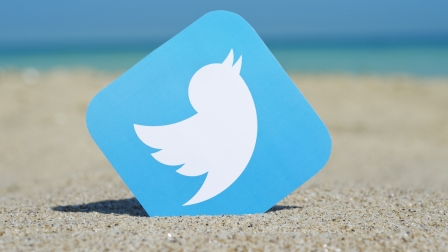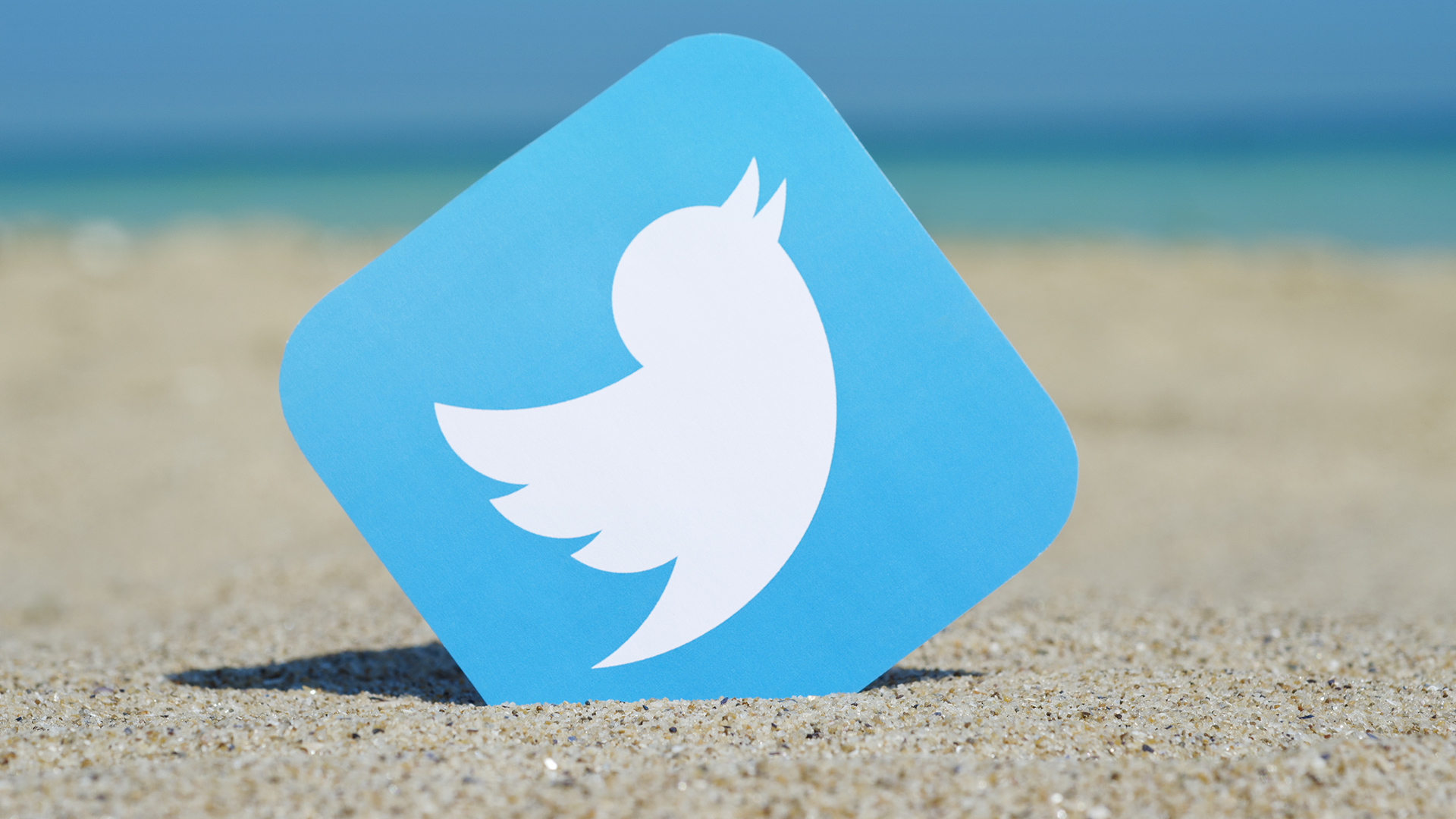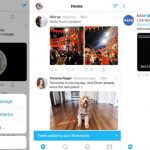Twitter is eliminating its ads that requested people’s personal information
Twitter debuted its lead generation ads in 2013, but it has done little to keep pace with Facebook’s newer version.
Twitter is phasing out its lead generation ad format that brands could use to request people’s names, Twitter handles and email addresses. A Twitter spokesperson confirmed the move on Monday.
The spokesperson said in an emailed statement:
“We are always experimenting with the best ways to help advertisers effectively connect with consumers. At this time, we intend to focus our efforts on building and improving other performance offerings that will help us drive the best performance for advertisers.”
The spokesperson did not respond to questions asking why Twitter has decided to eliminate the ad format and what, if any, alternatives Twitter offers for brands that had used it.
Twitter introduced the lead generation ad format in May 2013 as a way for marketers to get people to sign up for email newsletters, schedule test drives, request a price estimate, solicit coupons or otherwise establish a direct relationship with a business outside of the social platform. Brands like Priceline, New Relic and Full Sail were among the first advertisers to use the format that automatically sent a person’s name, Twitter handle and email address to the brand once that person clicked a button to agree to provide that information.
Like any moderately compelling digital product, it wasn’t long before Facebook copied Twitter’s ad format. In June 2015, Facebook rolled out its own “lead ads” that offered the same features as Twitter’s version but added more. In addition to people’s email addresses, advertisers could request information like their phone numbers, ZIP codes, country of residence, company name and job title — valuable details to a marketer looking to close a sale. Advertisers could also append a menu to Facebook’s format to request even more information, like what topics a person is interested or how often they’d like to be contacted.
Meanwhile, as Facebook was building on Twitter’s product, Twitter did little, if anything, to keep pace. According to a help section on Twitter’s business site, its lead generation ads work the same way they did when the company first introduced the format. That lack of product development may explain why Twitter’s lead generation product is joining the ranks of other discontinued Twitter products like Vine and Twitter Music.
Twitter outlined the two-step phase-out process for lead generation cards and ads last week in a post to its message forum for developers. According to that post, brands will not be able to create lead generation ads or create and edit lead generation cards (which can be attached to organic tweets) after February 1, 2017. And by March 1, 2017, Twitter will stop showing lead generation cards to people altogether.
Marketing Land – Internet Marketing News, Strategies & Tips
(19)















